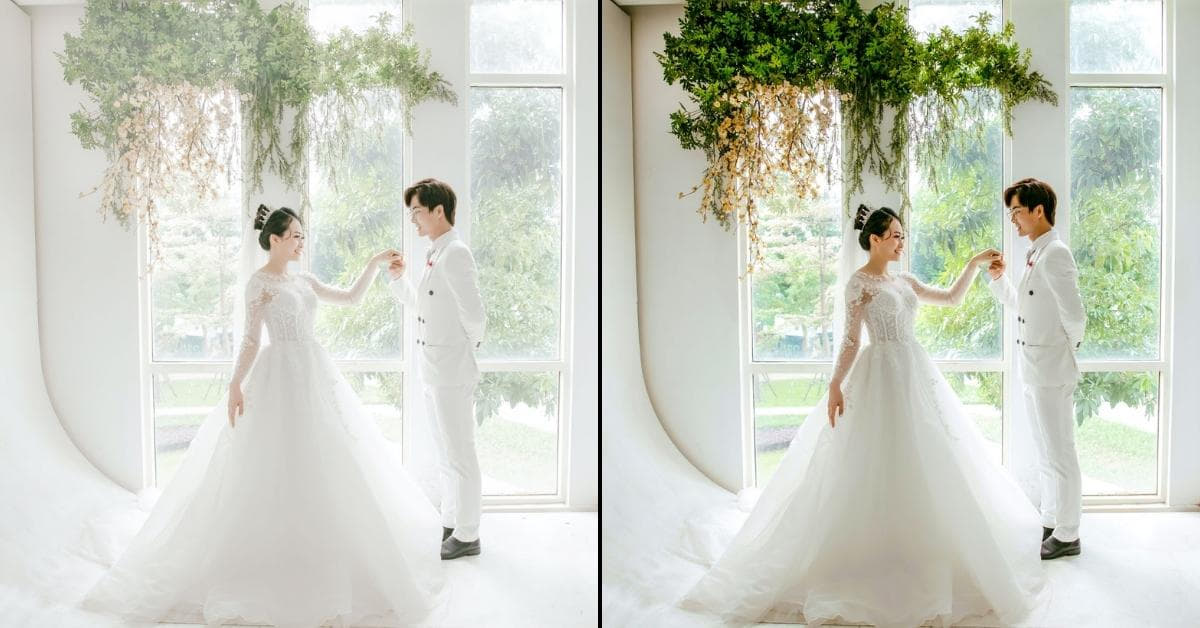In the dynamic realm of photography, High Dynamic Range (HDR) blending services have emerged as a game-changer, allowing photographers to capture stunning images with unparalleled depth and detail. This article delves into the intricacies of HDR blending services, exploring its benefits, applications, and the key considerations for choosing the right service provider.
Understanding HDR Blending Services
HDR blending involves combining multiple images taken at different exposures to create a single image that captures a broader range of light and shadow. This technique enhances the overall quality and visual appeal of photographs, making them more vibrant and lifelike.
Benefits of HDR Blending Services
- Expanded Dynamic Range: HDR blending enables the preservation of details in both bright and dark areas of an image, resulting in a more balanced and realistic outcome.
- Enhanced Image Quality: By blending exposures, HDR services eliminate underexposed or overexposed areas, producing images with optimal brightness and clarity.
- Artistic Expression: Photographers can unleash their creativity by emphasizing specific elements within an image, such as textures, colors, and contrasts.
Applications of HDR Blending Services
- Real Estate Photography: HDR blending is widely used in real estate photography to showcase properties in the best light, both literally and figuratively.
- Architectural Photography: Highlighting intricate architectural details, HDR blending brings out the beauty of buildings and structures.
- Product Photography: E-commerce platforms benefit from HDR blending to display products with accurate colors and textures.
Choosing the Right HDR Blending Service
- Experience and Expertise: Look for a service provider with a proven track record in HDR blending, showcasing a portfolio of successful projects.
- Quality of Output: Assess the provider’s image editing quality to ensure that the HDR blending results in natural-looking and well-balanced photographs.
- Turnaround Time: Consider the provider’s efficiency in delivering high-quality results within a reasonable timeframe.
FAQs
Q1: What is HDR blending, and how does it work?
A: HDR blending involves merging multiple images taken at different exposures to create a final image with a broader dynamic range, capturing more details in both bright and dark areas.
Q2: Is HDR blending suitable for all types of photography?
A: While HDR blending is versatile, its effectiveness depends on the specific requirements of the project. It is commonly used in real estate, architectural, and product photography.
Q3: How do I choose the right HDR blending service for my project?
A: Consider factors such as the provider’s experience, the quality of their output, and their turnaround time. A reputable service will have a portfolio demonstrating their skills and expertise.
Q4: Can HDR blending be done manually, or is specialized software required?
A: While some photographers manually blend exposures, specialized software is commonly used for efficiency and precision. Software like Adobe Lightroom and Photomatix Pro are popular choices.
Q5: Are there any limitations or challenges associated with HDR blending?
A: HDR blending may result in artifacts or unnatural-looking images if not done correctly. It’s essential to choose a skilled service provider to mitigate these challenges.
Conclusion
In the world of photography, HDR blending services have become indispensable for achieving breathtaking images. By understanding the benefits, applications, and considerations for choosing a service provider, photographers can unlock the full potential of HDR blending and elevate the visual impact of their work.
This page was last edited on 28 February 2024, at 3:26 pm
